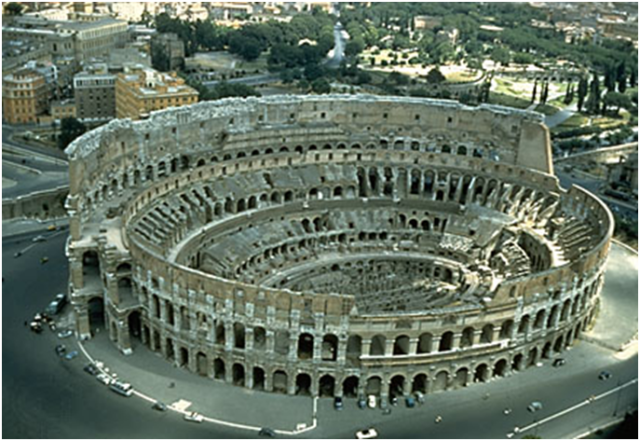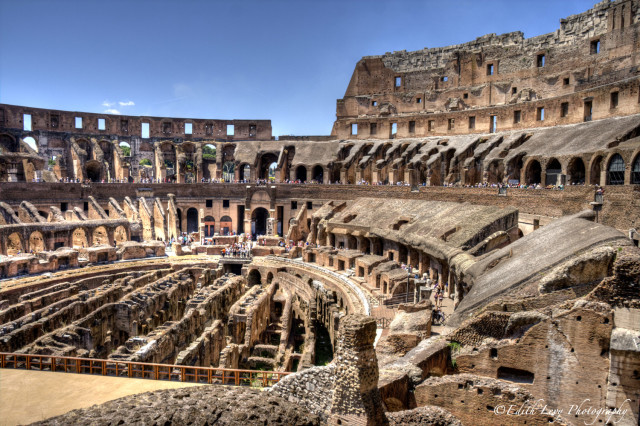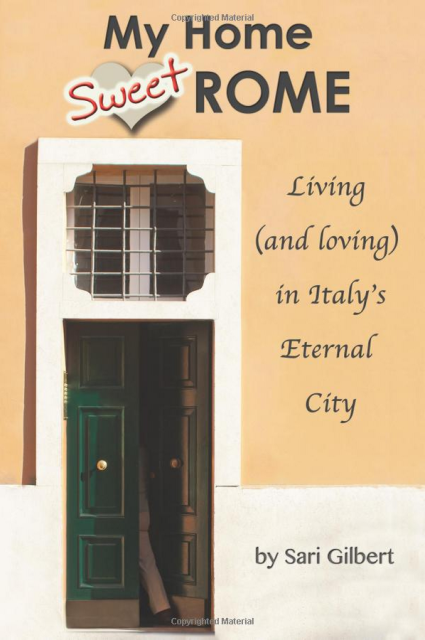Tourism in Rome (or rather, Lazio) hit record highs in 2015
 Tourism in general is going to have a rough time in coming months (possibly years?) as people become increasingly frightened by the spectre of terrorism and prefer (not me) to stay home rather than to travel. But in the meantime, Rome has been holding its own and, indeed, basking in the glory of knowing that the Italian capital and its surrounding region, Lazio (Latium, but no one actually says that) currently is holding the top spot in the tourism hit parade.
Tourism in general is going to have a rough time in coming months (possibly years?) as people become increasingly frightened by the spectre of terrorism and prefer (not me) to stay home rather than to travel. But in the meantime, Rome has been holding its own and, indeed, basking in the glory of knowing that the Italian capital and its surrounding region, Lazio (Latium, but no one actually says that) currently is holding the top spot in the tourism hit parade.
Today, as in the past, the number one attraction in the Eternal City is the Coliseum, know to experts as the Flavian Amphitheatre after the three emperors, Vespasian, Titus and Domitian who belonged to that dynasty and who constructed and modified it in 70 AD and the years following.
The Coliseum which is situated just east of the Roman Forum and which originally could hold, it is estimated, between 50,000 and 80,000 spectators, is apparently in pole position for the current Roman boom (except for the Pantheon, which had one million more visitors but which is, after all, free). In 2015, the Coliseum had 6.5 million visitors, roughly a third of the total visitors to Lazio’s sites and monuments and just short of half of the 43 million visitors to the entire country. The number of visitors to Lazio grew by eight per cent over 2014 to outnumber those visiting Tuscany or Campania. “A result without precedent” said Dario Francschini, Rome’s minister of Culture, but not all that surprising, say I, who am increasingly enamoured of Lazio as a region. Also on the top of many tourists’ lists in our region are Villa d’Este in Tivoli and Ostia Antica (although the more experienced visitor knows that Lazio is filled with charming castles and ancient borgos). In Rome, itself, the major attractions other than the Coliseum were Castel Sant’Angelo and the Borghese Gallery.
The downside for Coliseum buffs is that next year the cost of an entry ticket to the Coliseum (this included the Roman Forum and the Palatine Hill), will be going up, possibly doubling, from 12 to 25 Euros, although there is talk of having cheaper tickets for some hours of the day in an attempt to better distribute the flows of visitors.
On the other hand, in coming months there should be a new itinerary including a passage from the third level, known as the terrace, to very top of the structure and possibly the opening of an tunnel that led to the gladiators’ quarters behind the arena.


